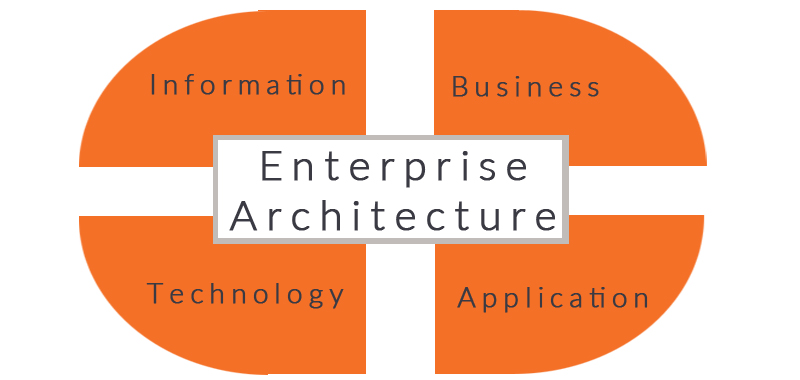Enterprise architecture (EA) applies architecture principles and practices to guide organisations through the business, information, process and technology changes necessary to execute their strategies. EA is often used to assist organisations with understanding their own structure and how they work. It provides a roadmap of current processes and the plan for change, leading to the creation of conceptual views, logical analyses and physical implementations. Microsoft’s Michael Platt offers four perspectives of EA:
- 1. The Business Perspective:
This describes how a business works, both currently and the plan moving forward. It typically includes:- High level objectives and goals
- Business processes
- Business functions
- Organization structures
- Relationship between these elements
- The Application Perspective:
This involves the application portfolio. It typically includes:- Description of automated services
- Description of interactions and interdependencies of these applications
- Plans for developing new applications or updating old applications
- The Information Perspective:
This involves what the organisation needs to know to run its business processes and operations. It typically includes:- Standard data modes
- Data management policies
- Descriptions of the pattern of information production and consumption
- The Technology Perspective:
This involves the hardware and software supporting the organisation. It typically includes:- Desktop and server
- Operating systems
- Network connectivity
- Printers
- Modems


